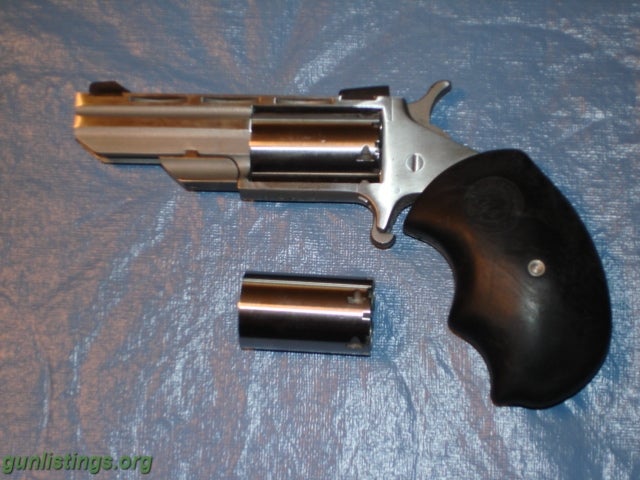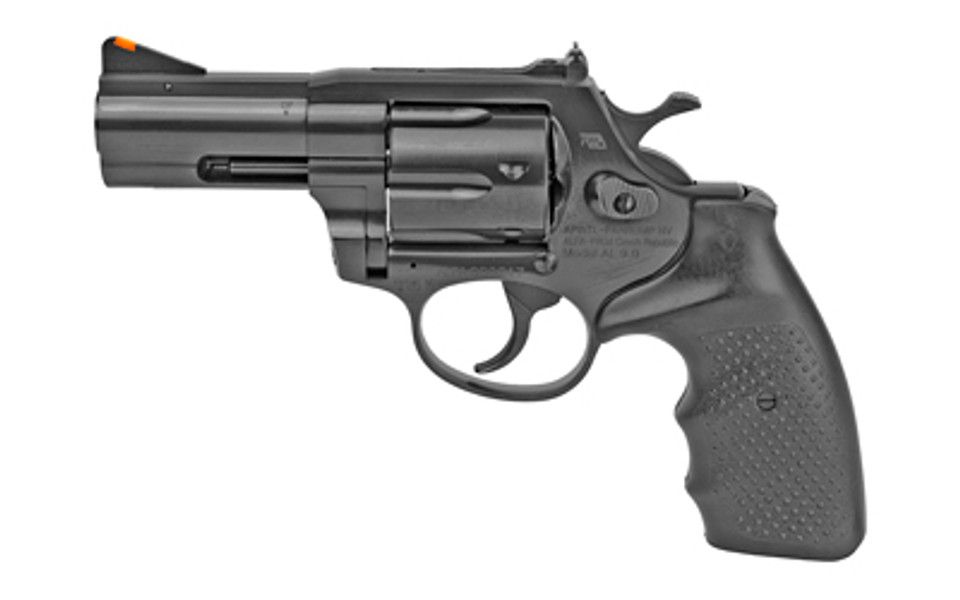

Sanow in their book "Stopping Power," overturned a lot of long-held misconceptions about handgun stopping power, and it resulted in a revolution in handgun bullet design. Twenty years ago, the findings of researchers like Evan P.


In the last 20 years dedicated researchers have done great work determining what works in actual gunfights. Some people will point out that the cost of your funeral would be at least $5,000, so, spending a couple of thousand dollars on a well-made defensive handgun is still worth it to keep yourself alive. And, when you find them, the price reflects both their rarity and their desirability. Ruger discontinued the Old Army model in 2008, so they are getting a lot harder to find in the marketplace. The only problem with the Old Army is that you may not be able to find one. With their deep chambers, Ruger Old Army revolvers hold heavier powder charges than standard Colt or Remington Army clones. They are precisely built, and they run like tops. The Ruger Old Army revolver is the most reliable cap and ball revolver out there. These guns are the Swiss watches of cap and ball sixguns. 44 caliber Ruger Old Army revolver is the absolute best choice. So, that said, which C&B revolver should you carry for self-defense? That's easy, a. I mention this so you will understand that a C&B revolver is not a magic ticket around your state's gun laws. The charges were eventually dropped due to the public outcry, but it was touch and go for a while. A few years ago, in New Jersey, a 72-year-old gun collector was arrested during a routine traffic stop, for having a flintlock pistol, made in the 1760's, in his car.
#Black widow 9mm revolver price license#
However, antique firearms are not exempt from the provisions relating to carrying without a license or possession by prohibited persons." In other words, the Feds say you can buy a cap & ball revolver, but the state says you can't possess it if you are a felon or mentally ill, and you can't carry it around unless you have a valid concealed carry permit. For instance, in my state of Pennsylvania, the law states, "Generally, antique firearms (including all flintlock and percussion cap firearms) are exempt from Pennsylvania's Uniform Firearms Act. While it is true that C&B revolvers are not categorized as firearms under the provisions of the Gun Control Act of 1968…to be called GCA 68 from here forward, so you don't need to buy them through a Federal Firearms Dealer, they rarely have any special standing under state laws. 44 caliber Walker revolver is the most effective cap and ball. That said, I would be derelict to my duty if I didn't mention that there is usually a considerable difference in the law in regards to buying a cap & ball sixgun, and the laws that govern carrying one. So, I have agreed to suspend any judgments on why someone would want to carry a cap & ball revolver, and just concentrate on the technical question. Buying a modern gun in New York state can be a lesson in both bureaucracy, and in frustration. The sad thing, is that some states in the USA are just about as bad to gun owners as foreign governments. In fact, a number of my overseas friends have told me that cap and ball revolvers are the only handguns they can legally own. I've come to understand that some people have no other options. I have to admit that I used to treat that question about as seriously as I'd treat, "Which crossbow should I buy for self-defense?" But, lately I've moderated my stance somewhat. One of the most common questions I get, is which cap & ball revolver should I carry for self-defense? And, for many years, my answer was "None of them." There are much better handguns available today, and, when it is time to preserve your hide, that is not the time to be relying on 160-year-old technology.


 0 kommentar(er)
0 kommentar(er)
